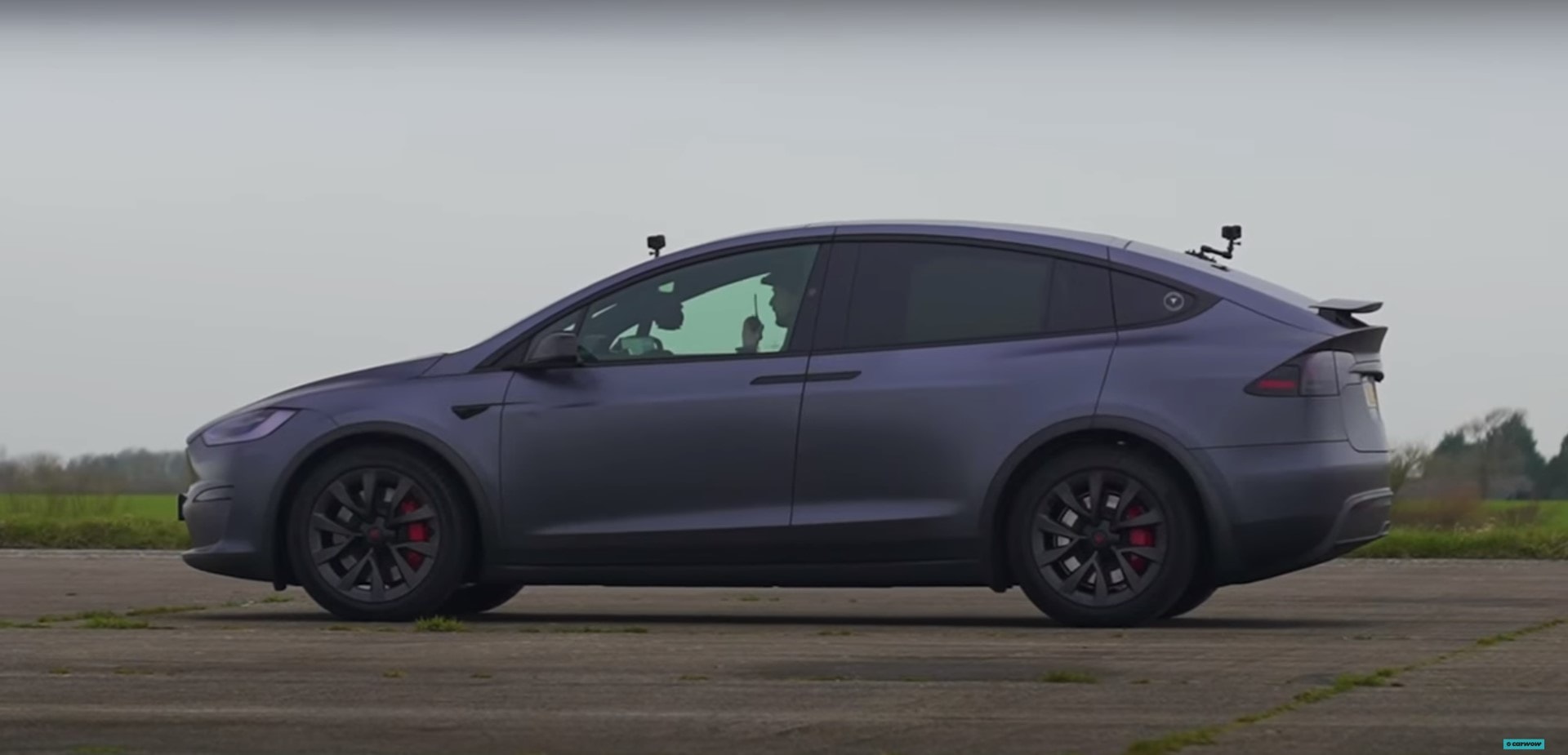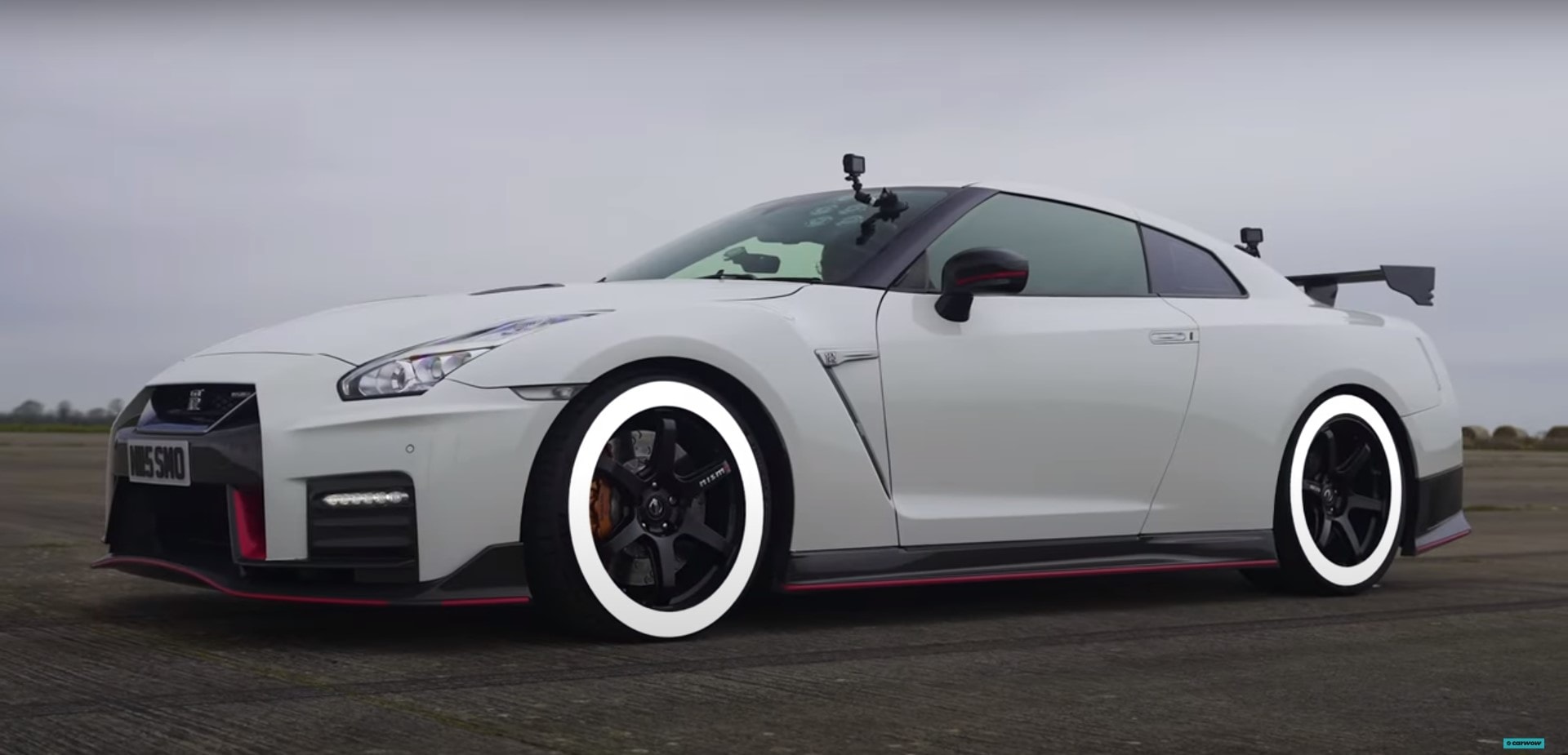Two decades ago, owning a 10-second car seemed like an unattainable dream until the emergence of the Fast & Furious franchise. Today, such performance is readily available, and with sufficient resources, one can even delve into the realms of 9-second and 8-second territory.
While electric vehicles (EVs) are gaining prominence, doubts linger about their role in the future of automotive technology.
For now, my faith leans towards Toyota’s and Mazda’s plug-in hybrids. But that’s a discussion for another time. The ongoing debate between internal combustion engines (ICE) and electric powertrains persists, epitomized by Nissan’s iconic GT-R.

Introduced over 16 years ago, the GT-R, fondly known as “Godzilla,” has undergone significant evolution, yet enthusiasts eagerly await its next iteration. Speculations suggest an all-electric future, prompting enthusiasts to savor the thunderous roar of its twin-turbocharged V6 while it lasts.
The latest NISMO variant boasts 592 horsepower and 480 lb-ft of torque, yet even with aftermarket modifications pushing it to 810 horsepower and 656 lb-ft, it faces stiff competition from the Tesla Model X Plaid.
Despite the GT-R’s legacy on the racetrack, the Model X’s triple-motor setup, delivering 1,020 horsepower and 1,047 lb-ft of torque, eclipses it in straight-line performance.
While the GT-R’s prowess is unquestionable, its limitations become apparent in short drag races. However, a different test scenario, perhaps an endurance challenge, could yield intriguing results, revealing the vehicle’s resilience over prolonged exertion.

